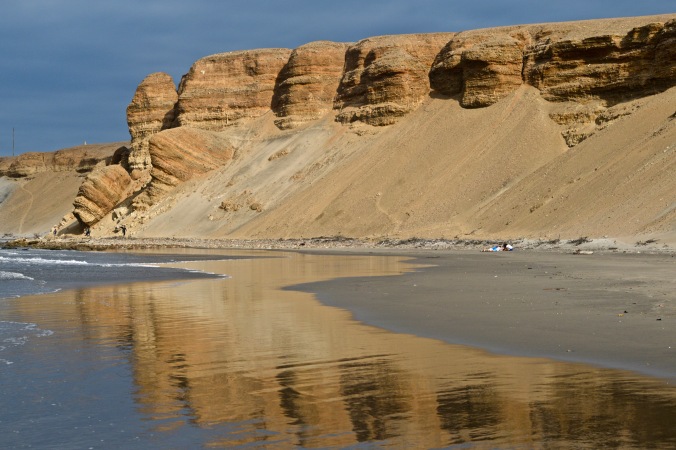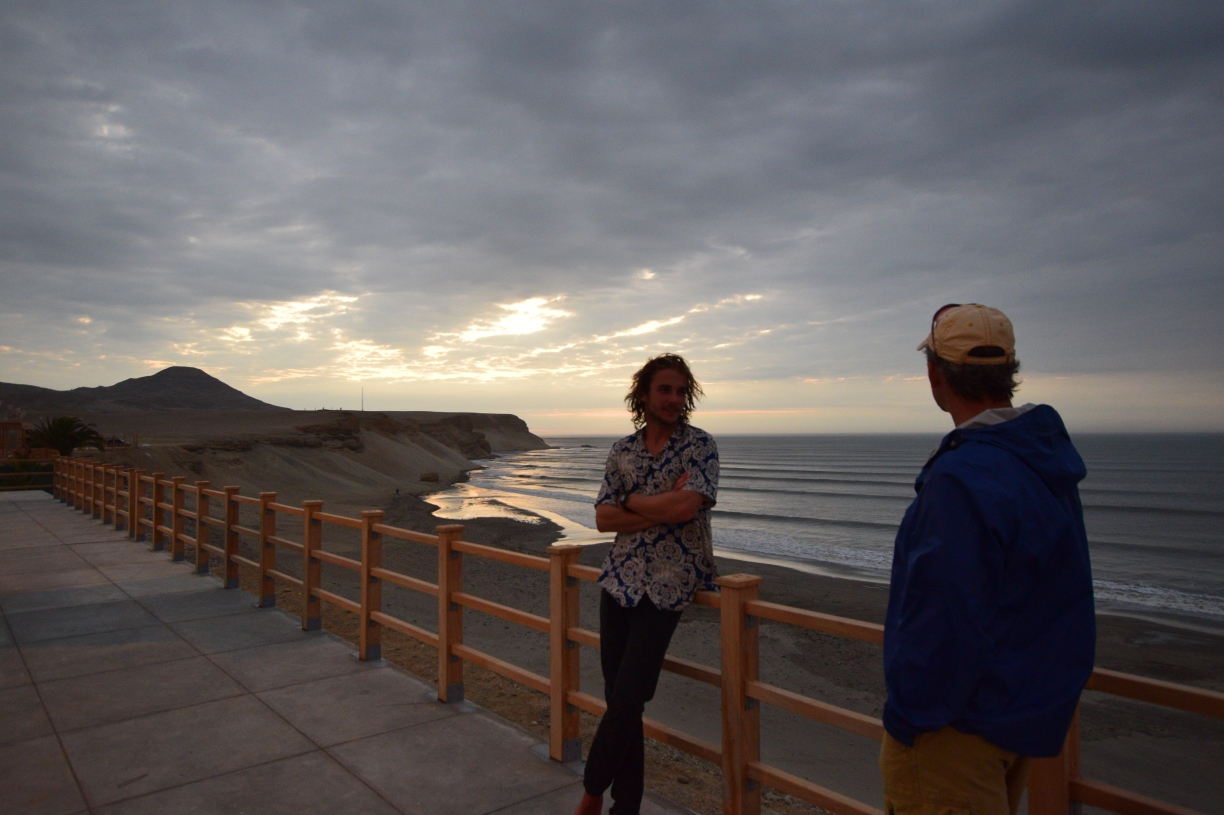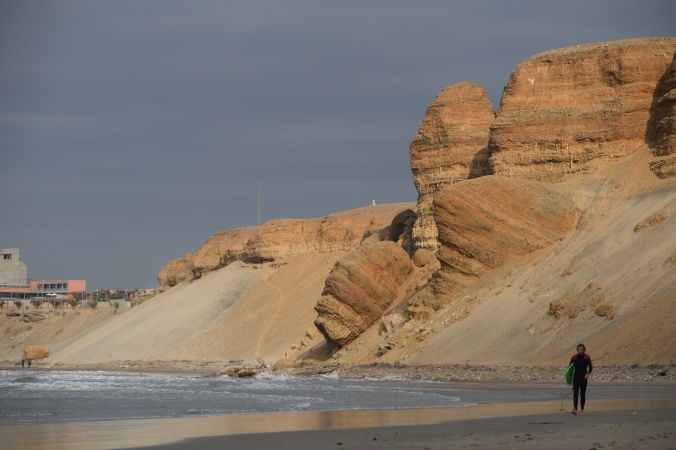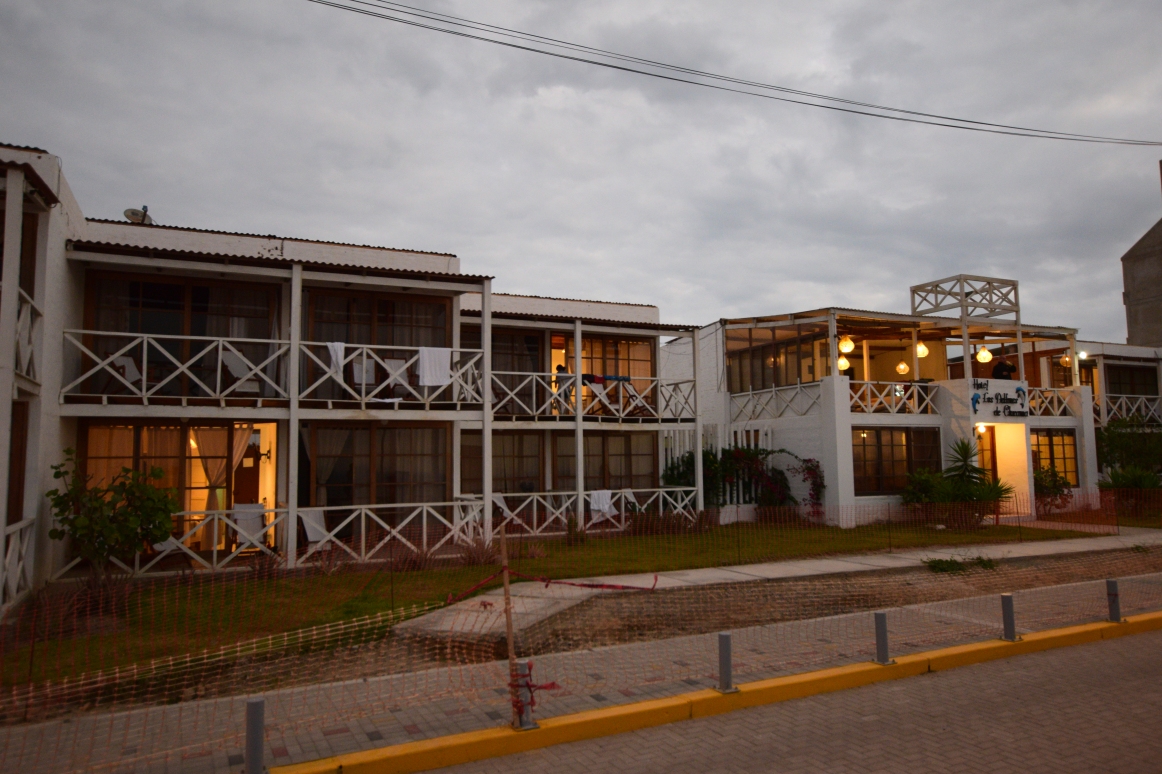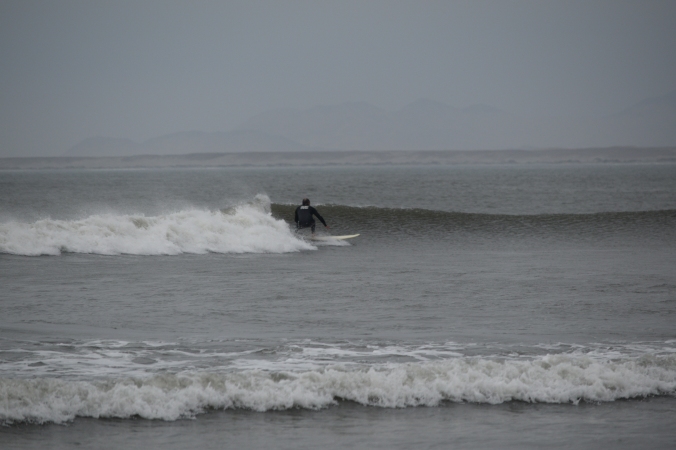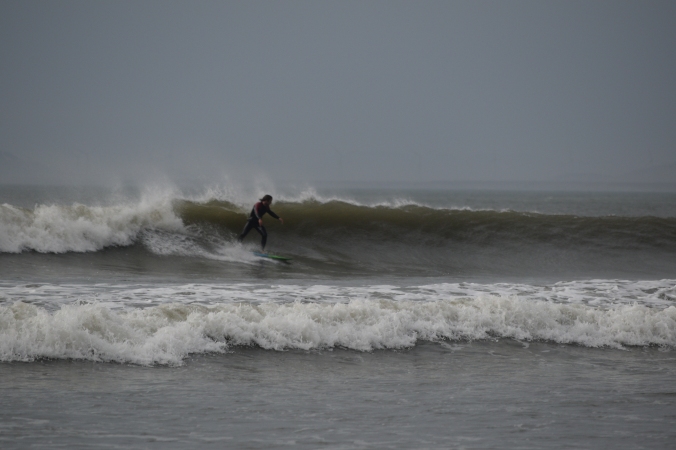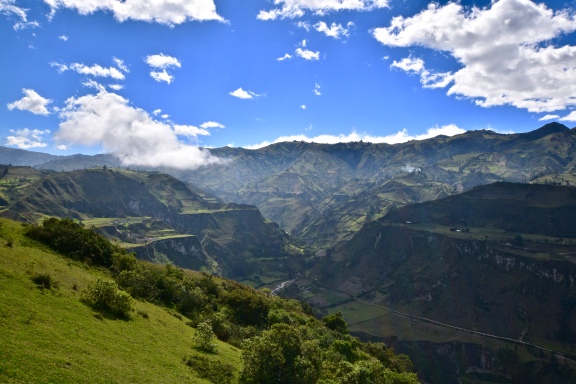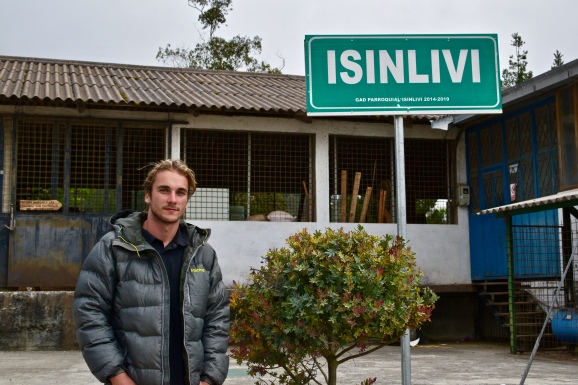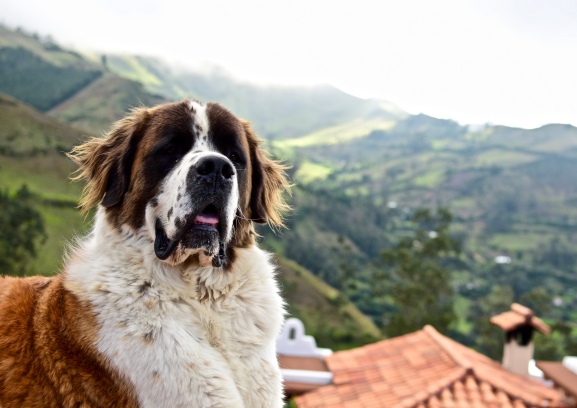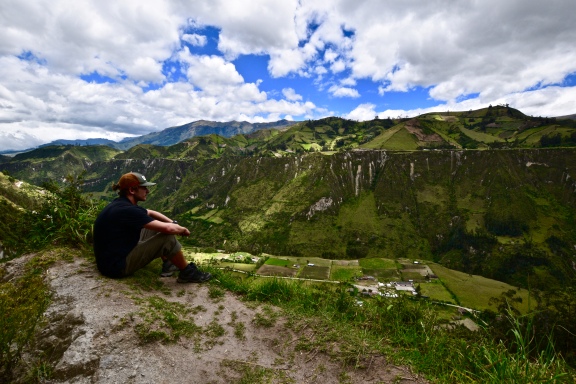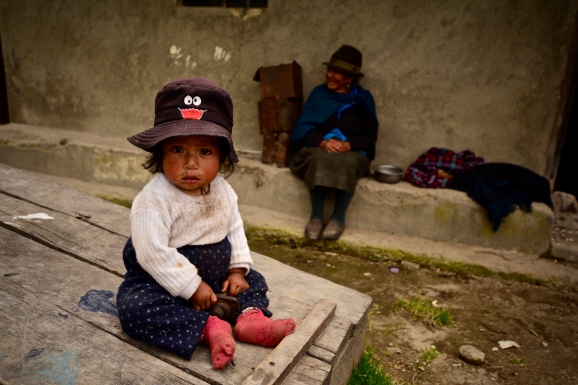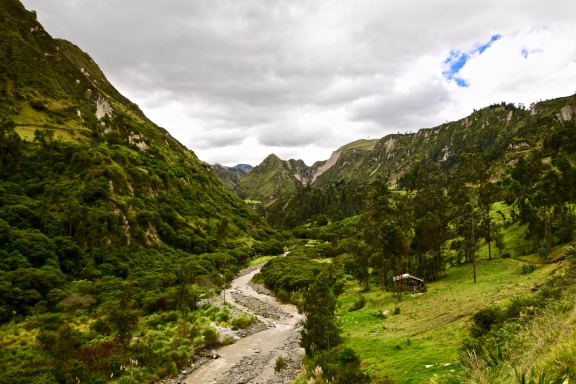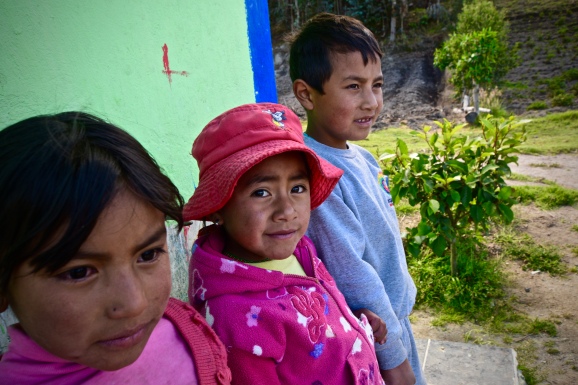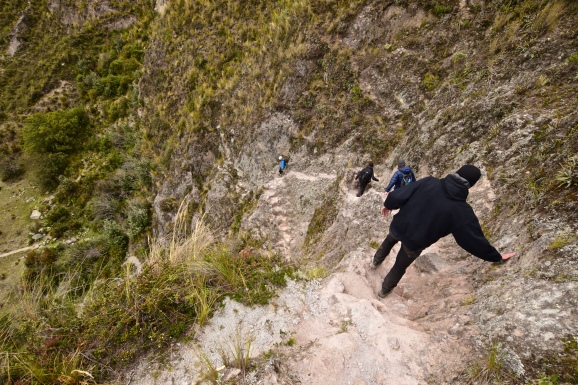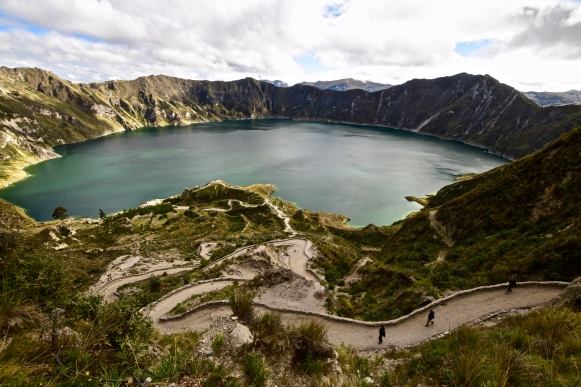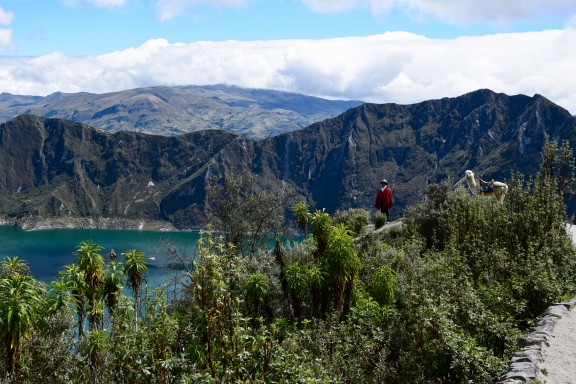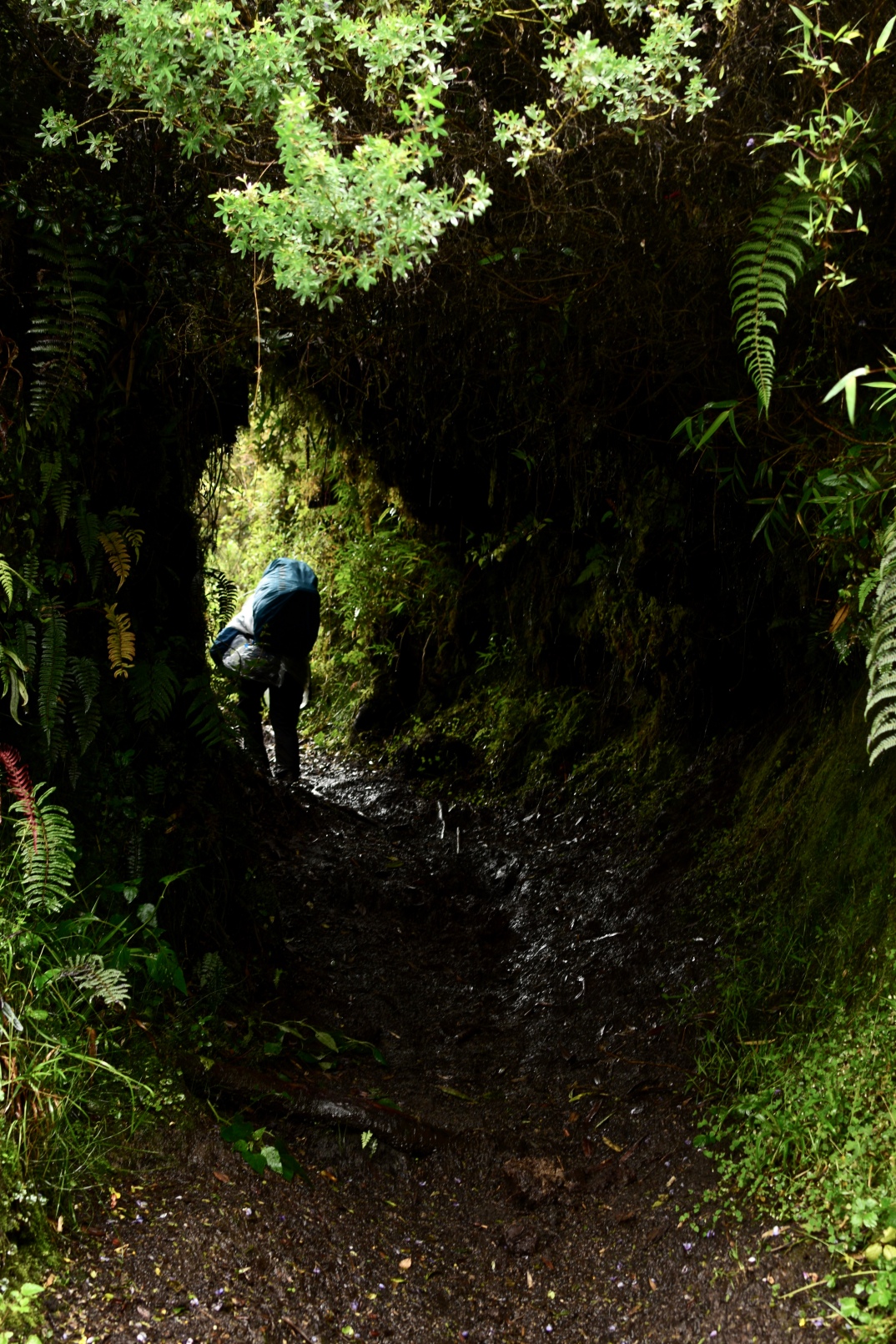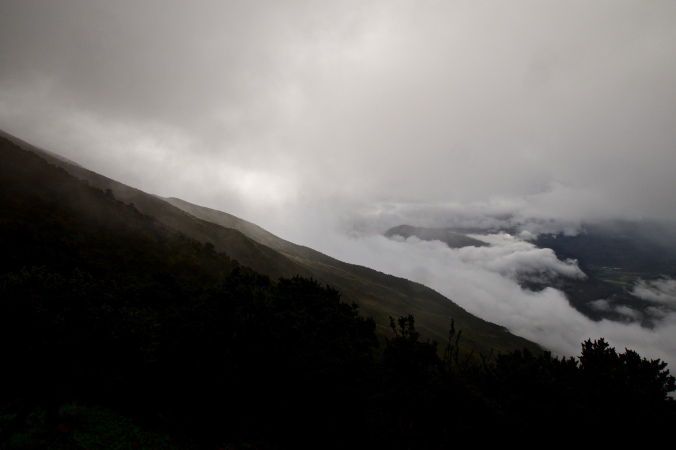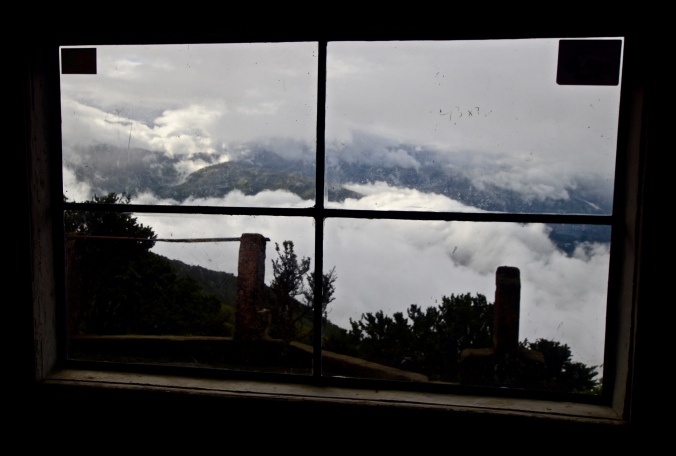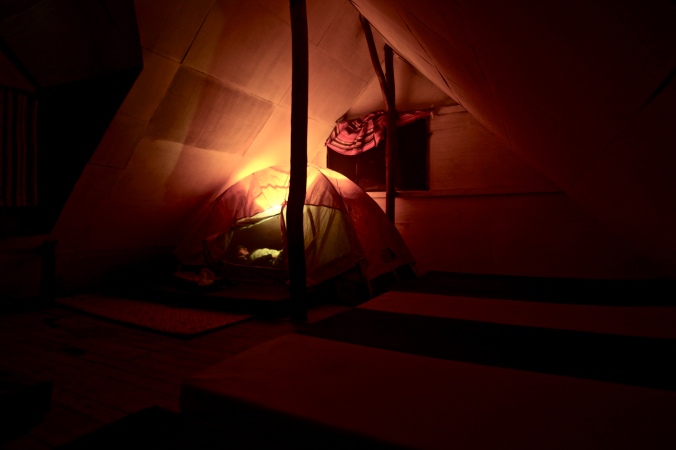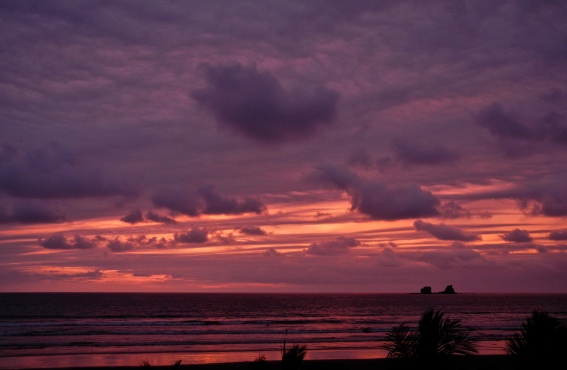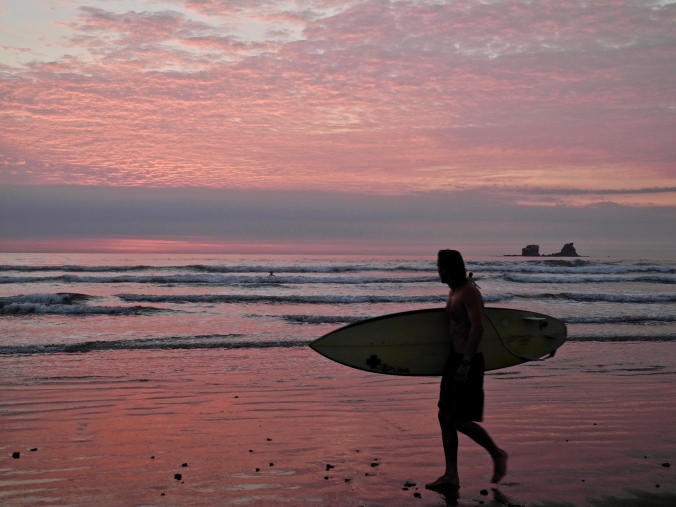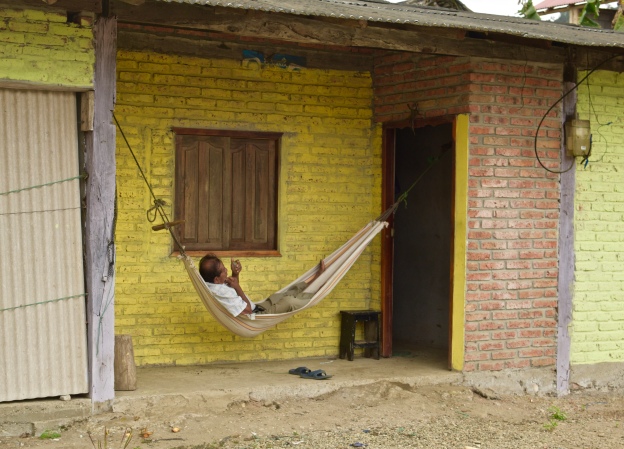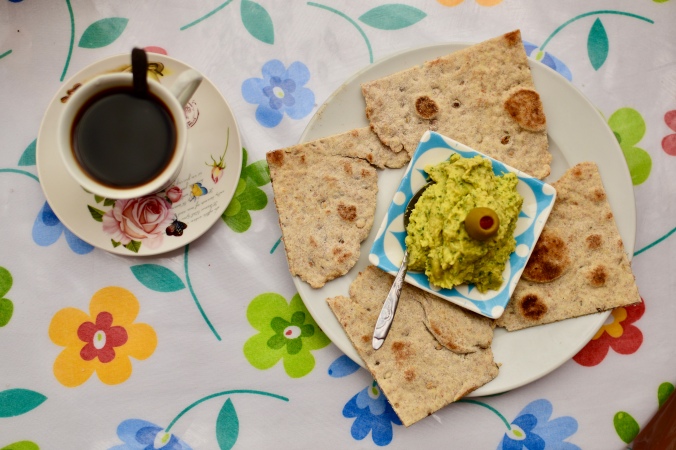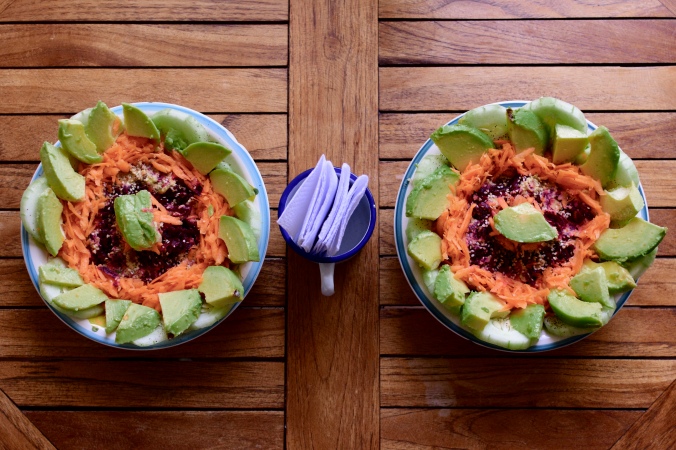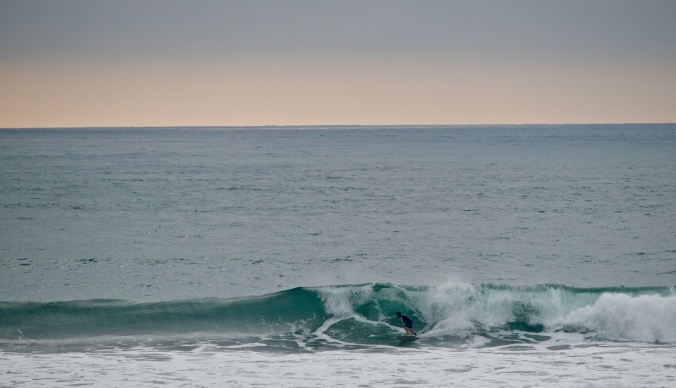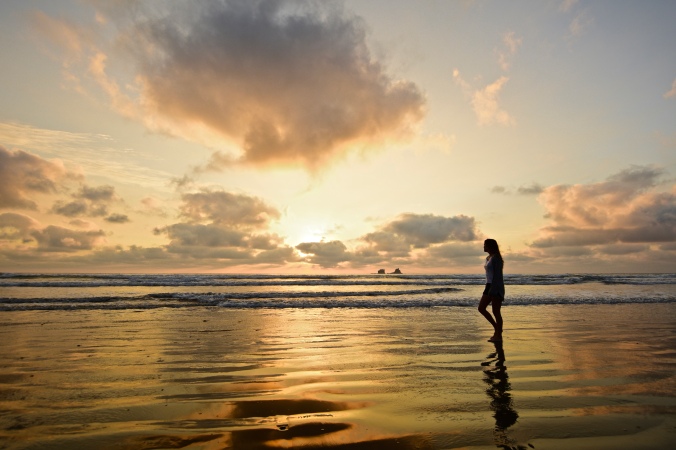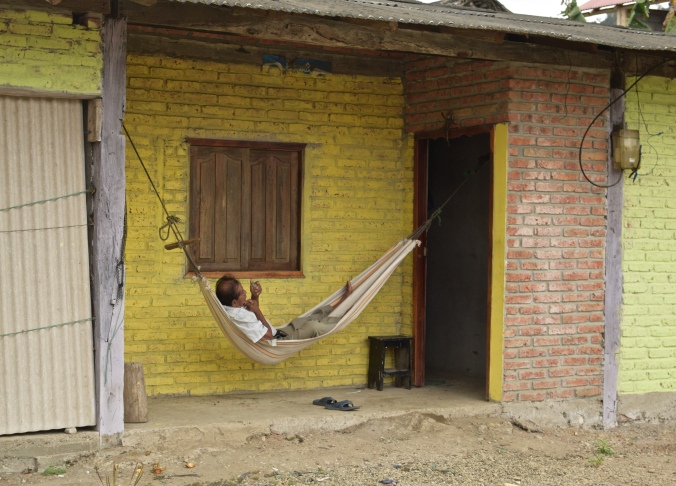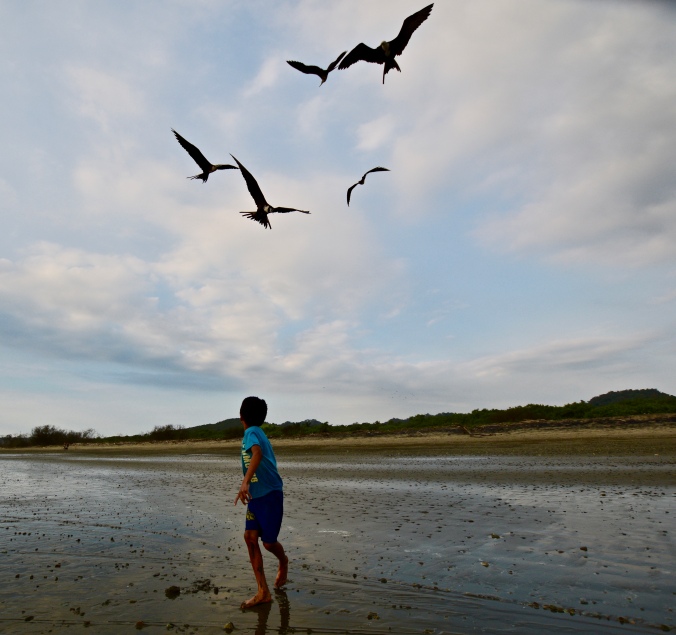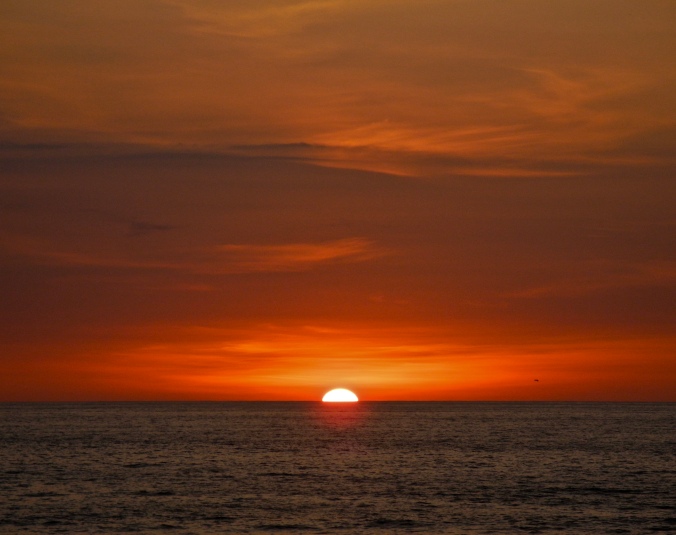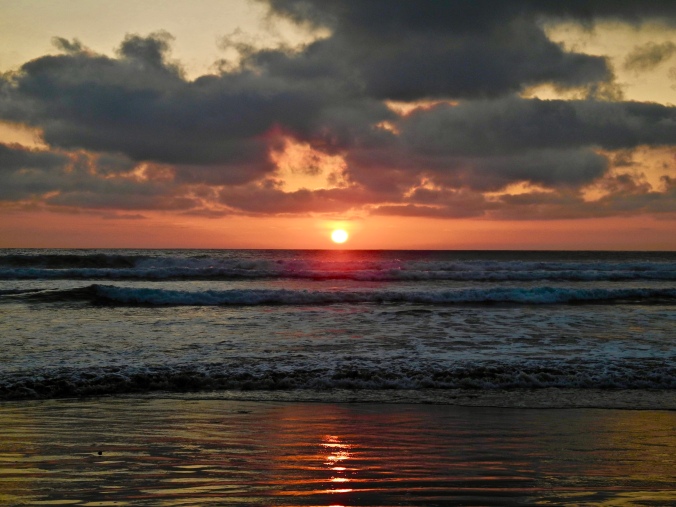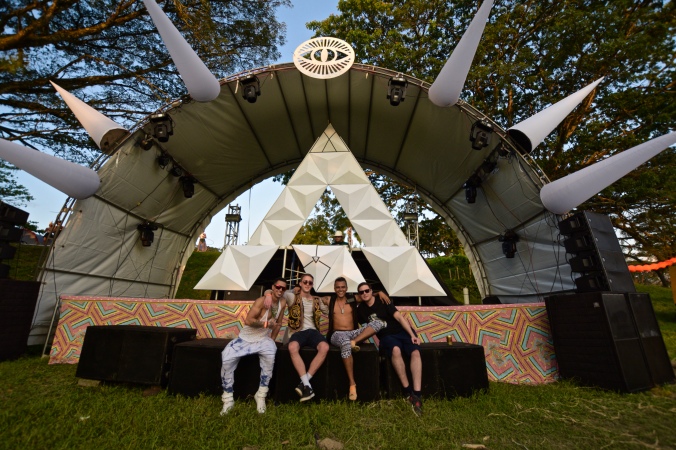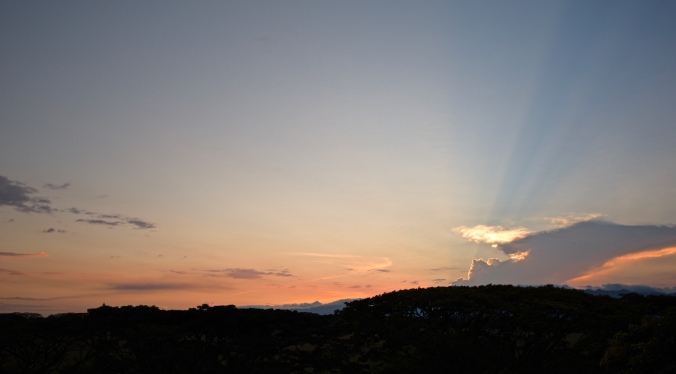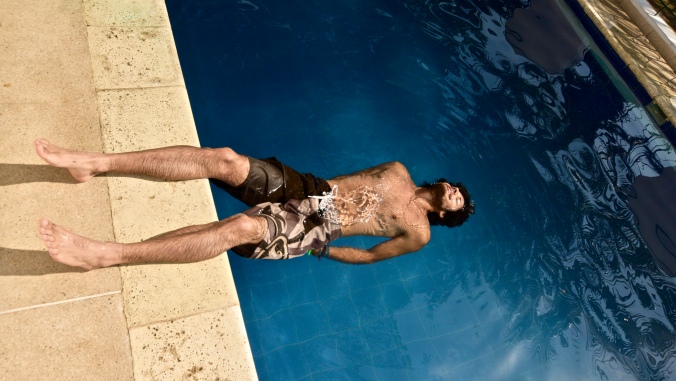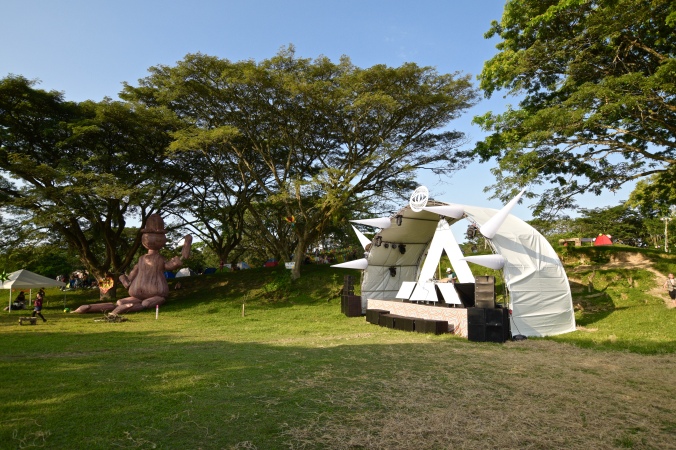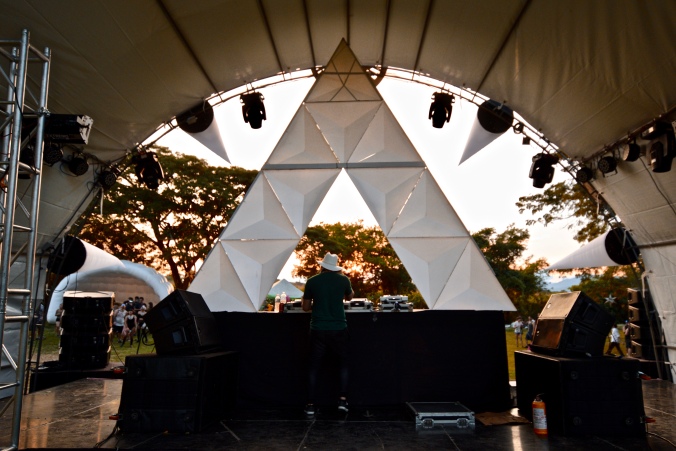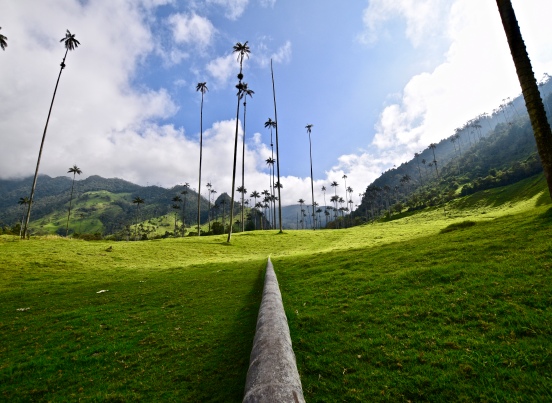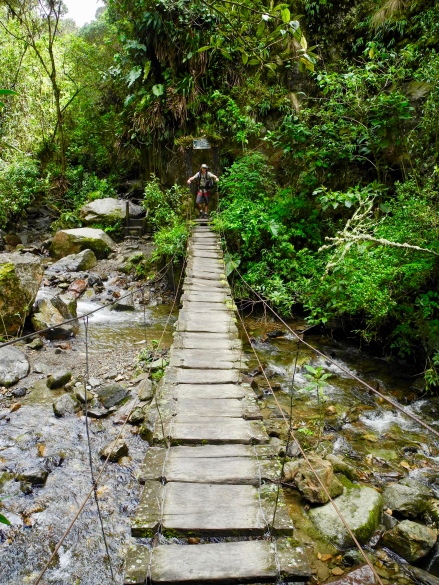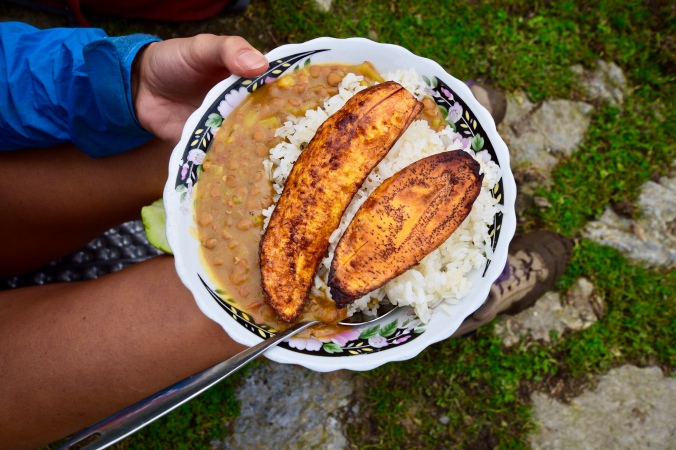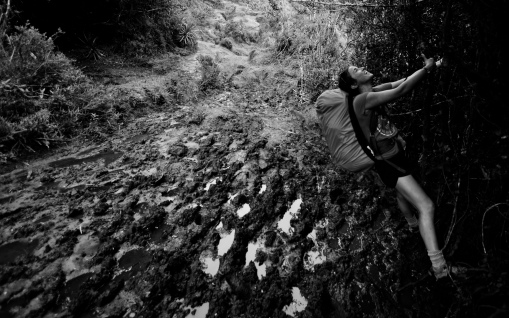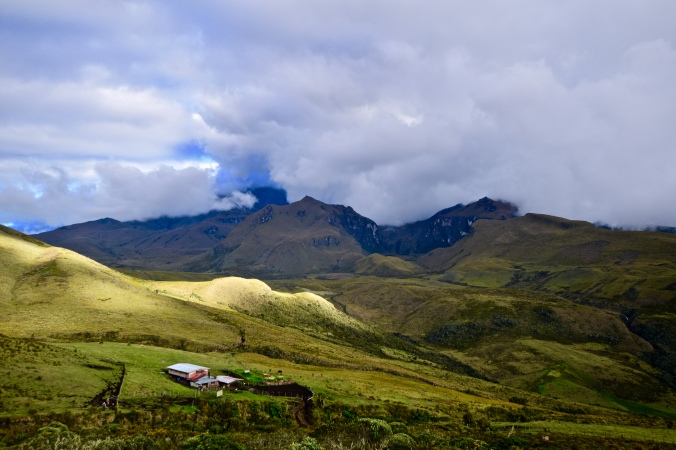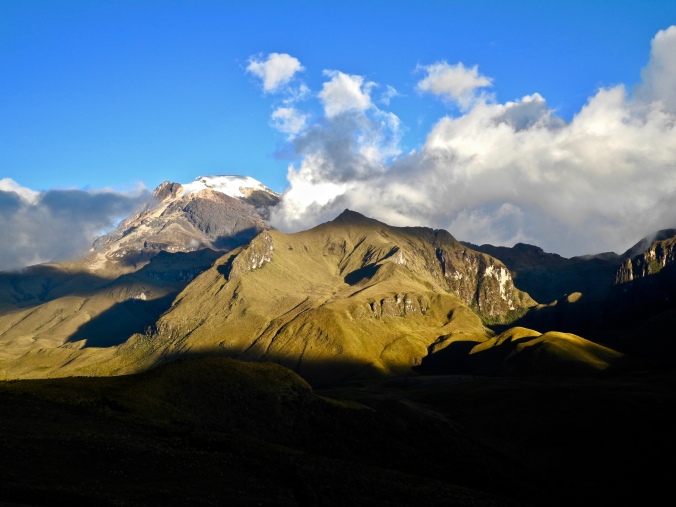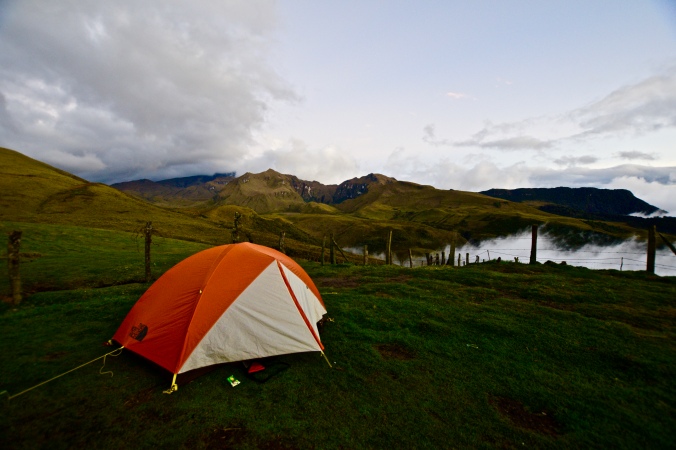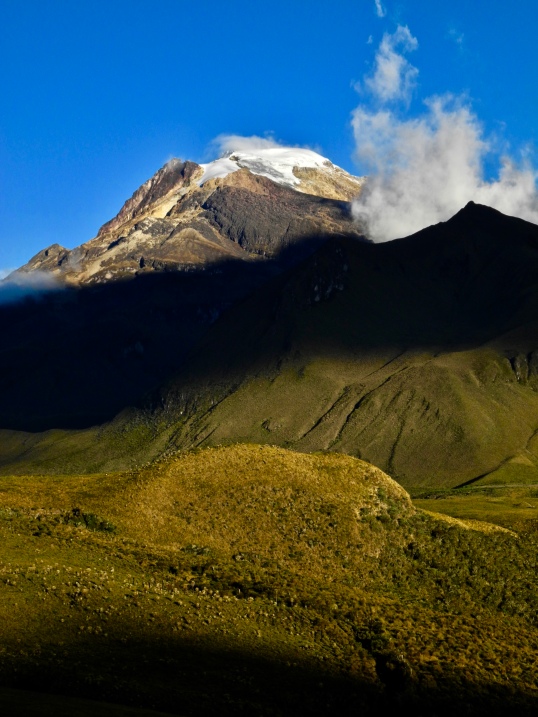My mind was consumed by the steep peaks surrounding me. “Where am I?” I thought to myself several times. It felt like the wild west. The occasional rough lookin’ cowboy whipping his donkeys carrying heavy loads, barren tan hill sides, and rare sightings of wild horses. But then BAM, 15,000 foot peaks with permanent glaciers on top.
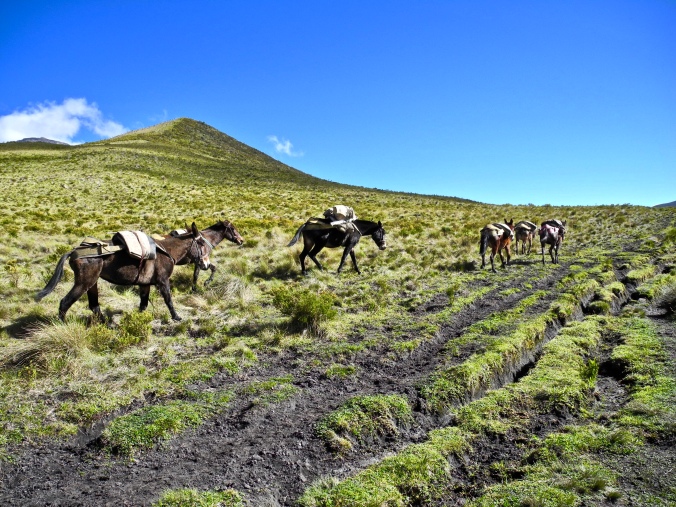
Thankful the trail was mostly flat, I felt like I could actually soak in my surroundings. I wasn’t carefully placing my foot to avoid sink holes or stopping every 50 yards to gasp for air. It was a nice stroll through the middle of no where. Nothing around but steep mountains, frequent streams, and endless valleys.
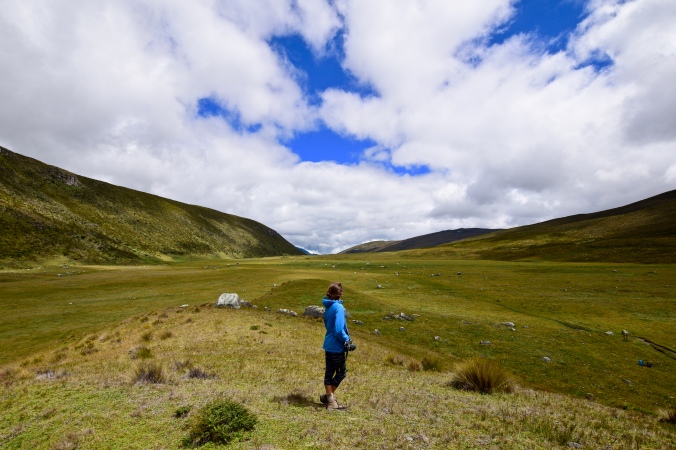
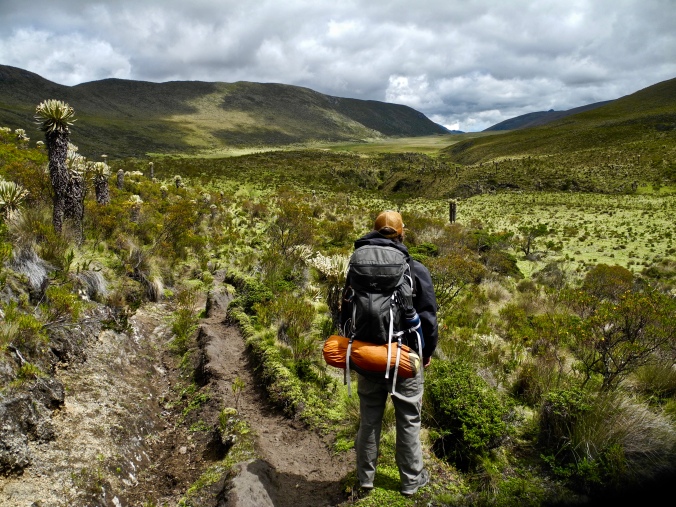
The wind was strong and the air was brisk. Our noses were running, cheeks red, and fingers numb. We tightened our hoods, layered up, and never stopped for more than a few minutes. We talked about how lucky we are to experience all that we have, how much we miss spinach and blueberries, and our dreams of travel beyond this trip.
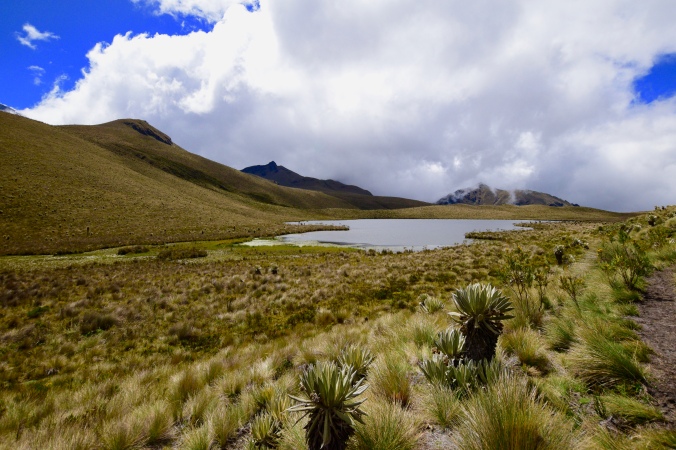
Lago de Encanto
After approximately 9 miles of pure bliss, a steep ascent lay ahead of us. We had a mile and a half and then we got to soak our bodies in hot springs. “We’re almost there” we said to ourselves over and over again. I counted steps to distract myself from the steepness. We climbed closer and closer to Nevado de Tolima. We couldn’t see it because of the thick clouds, but we knew it was there.
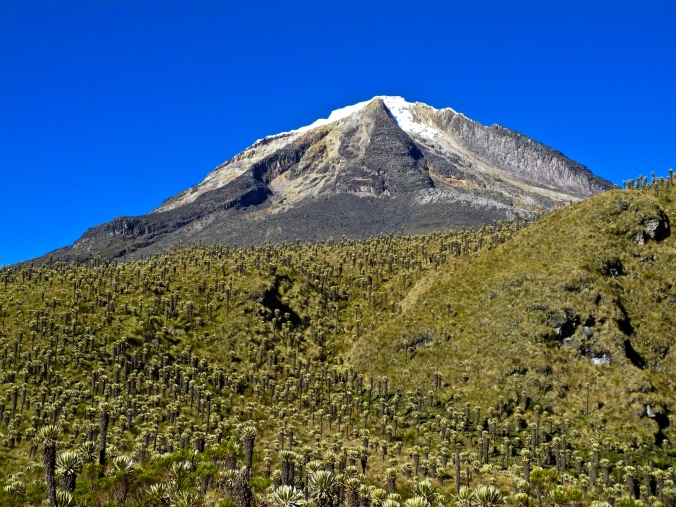
Tolima
With the last of the climb behind us our pace picked up, it was practically a run when the hot springs came into sight. I don’t think we have ever set up camp so fast. The tent was up with all the bedding laid in a matter of minutes.
We quickly submerged ourselves into what felt like scalding hot water to our numb bodies. Sweet relief. My feet have never been so happy with me. The therapeutic water relaxed all our sore muscles and put us into a dreamy state. It was 4pm and I was ready for bed. After at hot meal and a mellow sunset, to my sleeping bag I went. We competed in a few games of cribbage before turning the head lamps off and drifting into a sweet sleep.

Termales de Canon
The night was cold but the morning was colder. Below freezing outside, we were snug and warm in our sleeping bags when the alarm went off at 5am. Reluctant to get out of our cocoons, we couldn’t have been happier we did. The sunrise from a nearby look out point had us hootin’ and hollerin’. The sun rising from the east lit up the three snow capped peaks surrounding us. Tolima which seemed close enough to touch, Nevado Isabel far but stunning, and Paramillo del Quindio that lay majestic under the nearly full moon.
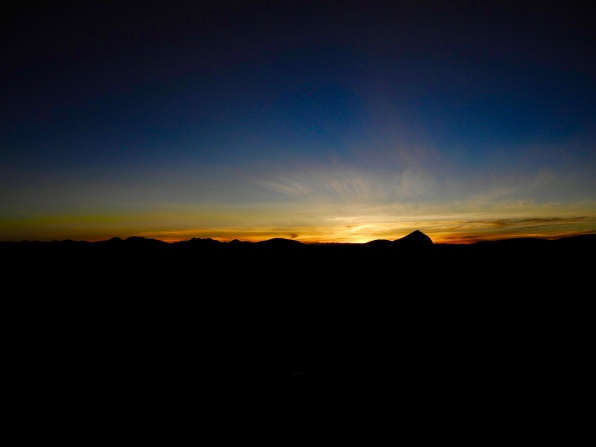
Sunrise
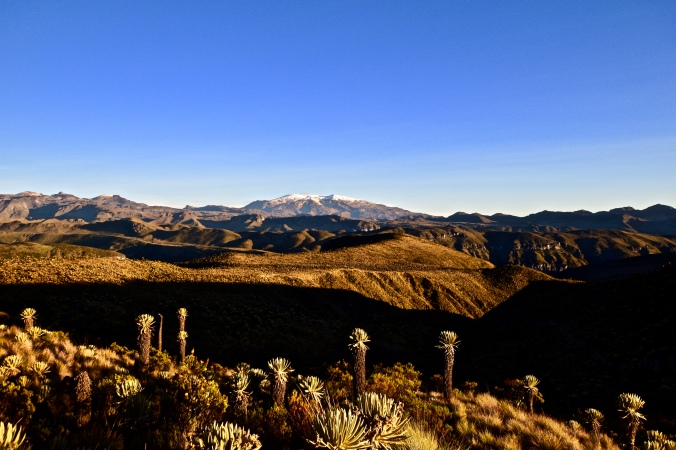
With each minute that passed by we couldn’t believe our eyes. Each ray of sunlight lit up the layers of the valleys, the crevasses of the shear peaks, and odd plant life that lives at this elevation. Before descending back to camp we said a quick thank you to the mountains for all the beauty and joy they brought us.
We packed up camp quickly, soaked our numb toes whilst eating hot oatmeal. We knew we had a long day of hiking ahead and wanted an early start. After a quick goodbye to Hernandez, the man who lives in a small shack next to the hot springs, we buckled our hip straps and headed out.
Words can not describe the clearness of this day. The sky was a perfect blue, no clouds, and the mountains were crystal clear. I felt like I was wearing special glasses that saturated everything with color.
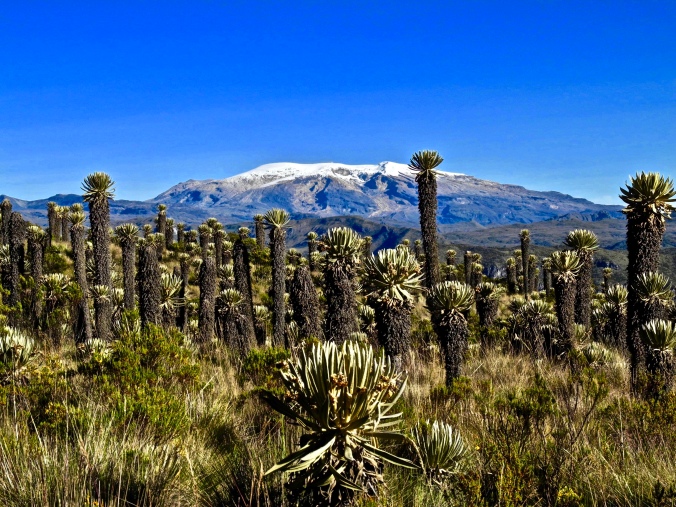
The downhill began within a half of a mile of the hot springs. Ooosh and I mean straight down. Loose rocks, saturated mud, and frozen puddles made up the majority of the trail. Looking behind us was like a picture from National Geographic. Something you’d never dream of seeing, yet here it was right in front of us. We dropped down into incredible green valleys with grazing cows and crystal clear streams.

After getting a little off track, we stumbled upon a small house where we asked for directions. A kind man pointed us straight up the nearest ridge. He reassured us this would be our last ascent, “everything is downhill from there” he said. We took it slow, our muscles and lungs protesting every step of the way. Once at the top we looked back at the valley below and got a little sad.
One thing about traveling to such remote places such as this, is its pretty likely you won’t be back any time soon, if at all. Los Nevados is such a magical place with such rejuvenating energy and we couldn’t be more grateful for our time there. With a quick blow of a kiss and a mental picture on top of the thousands of pictures we had taken with our cameras, we turned our backs and began the real descent.
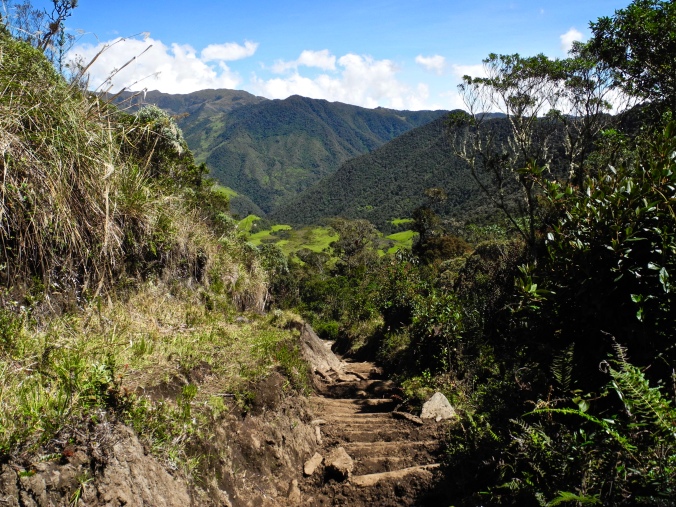
Five hours of nothing but downhill. Wooden logs placed as stairs, jumbled rocks, and mud destroyed by horses that frequent the trails. We transitioned from dry crisp air with hardly any vegetation to warm humid air and jungle like forests. We were descending into a steep, lush, and vibrant green canyon.
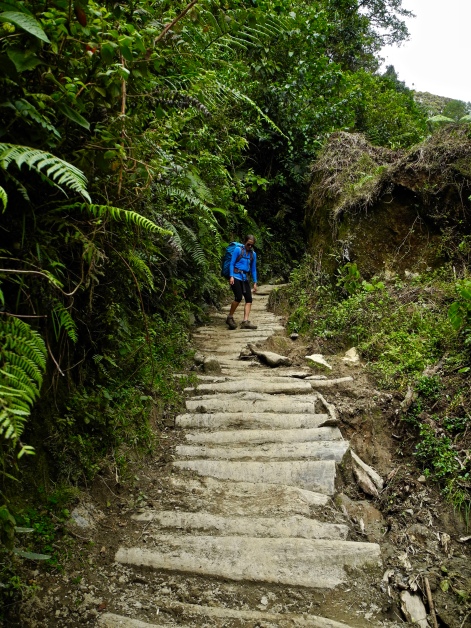
With every switch back we got closer to the river at the bottom of the canyon. Nothing felt better than a quick five minute foot soak in the ice cold water. We refilled our Camelbaks and were back on the trail.

After 8 hours total of hiking we reached the small town of Juntas. It consists of one street with a few small stores, a restaurant, and buses going to Ibague. Not knowing what Ibague was we were shocked. After 3 days of complete solidarity we entered a city of 553,000. It was bustling with traffic, street vendors, and prostitutes on the corners.
Long story short, to our surprise there were no buses back to Salento. We hopped on a crammed van to Armenia that arrived 45 minutes late. We got two hours into the drive, waited for an hour while hundreds of semis passed on a one lane road and arrived in Armenia 4 hours later. A little too late for a bus to Salento we exited the terminal to find a hostel and just as we spotted one across the street a guy in his taxi yelled “Salento”. Taylor and I locked eyes and asked each other “should we do it?”. We just wanted to be back, we wanted a hot shower, our clean clothes, and a place to lay down.
We hopped in the taxi and an hour later we arrived in Salento. The kind man took us to our hostel and wished us a great trip. It was 12:30 am. That day we woke up at 5 am, hiked for 8 hours, and then traveled by bus and car for another 8+ hours. And you know what, we wouldn’t have changed one minute of it!
